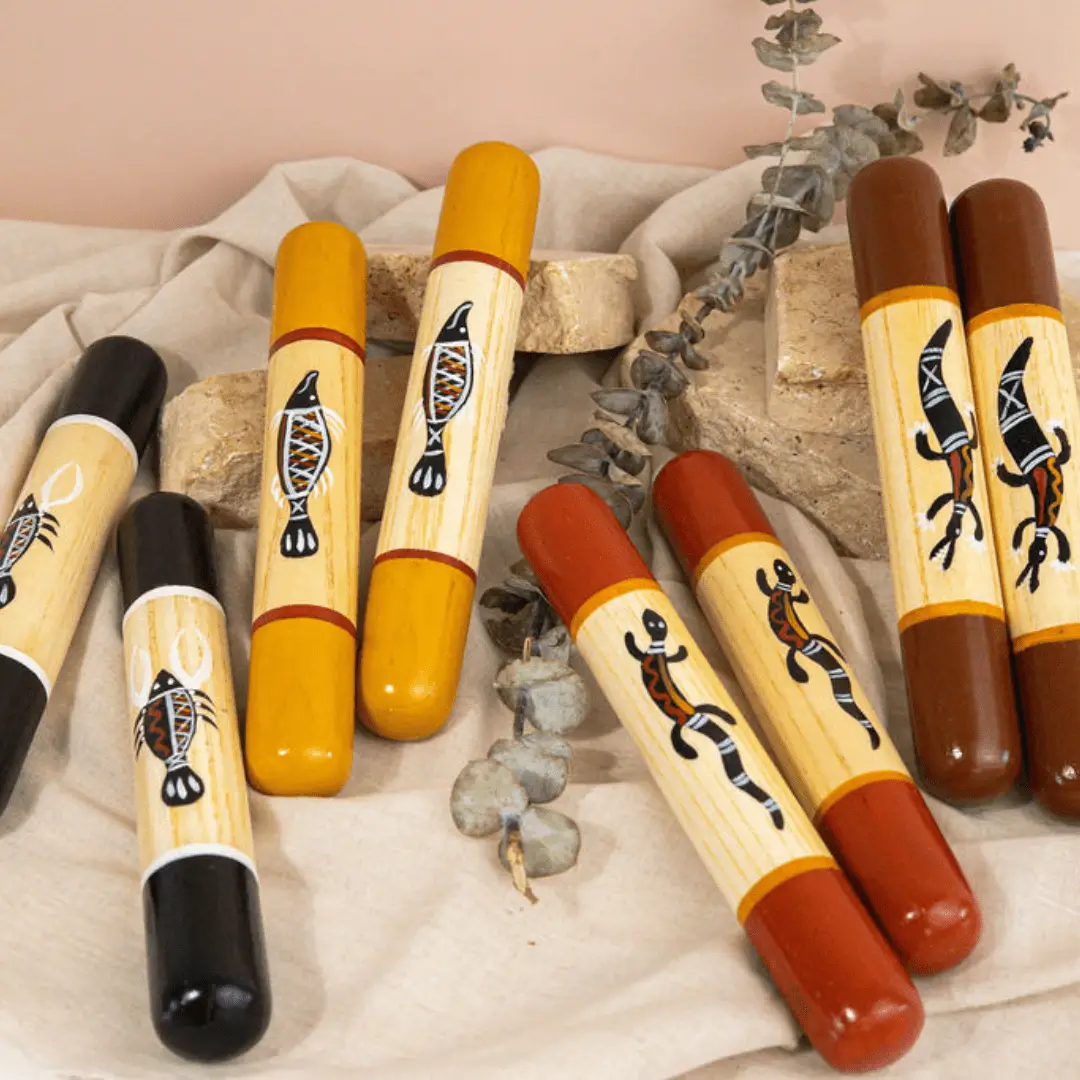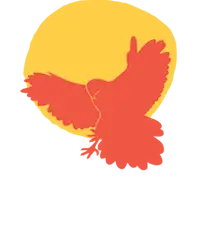
Indigenous music holds a rich tapestry of tradition, culture, and connection to the land. One instrument that embodies this deep-rooted heritage is the clap sticks. In this blog post, we’ll delve into the captivating rhythms of the land and explore how clapsticks are used in Indigenous music.

Indigenous music is more than just melodies; it’s a reflection of history, stories, and spirituality. Passed down through generations, it encapsulates the essence of cultural identity and community bonds. Clap sticks, also known as bilma or bimli, play a pivotal role in this musical landscape.
Originating from various nations across Australia, clapsticks are percussion instruments traditionally made from hardwood. They are crafted with care and precision, each pair unique in its design and symbolism. Used in ceremonies, celebrations, and storytelling, clap sticks produce rhythmic beats that resonate with the heartbeat of the land.
Clap sticks are not merely instruments; they are conduits for connecting with the land and ancestors. When played, their rhythmic patterns echo the natural sounds of the environment, from rustling leaves to flowing rivers. Each strike of the sticks carries the spirit of the land, creating a harmonious symphony of sound.
Engaging with Indigenous music through clap sticks offers a profound learning experience for students of all ages. Here are some ways to incorporate this exploration into educational settings:
Exploring Indigenous music with clapsticks is a journey of discovery and appreciation. By immersing ourselves in the rhythms of the land, we gain a deeper understanding of Indigenous culture, heritage, and connection to country. Let the beat of the clap sticks lead us on a rhythmic voyage of exploration and learning.

Aboriginal Clap Sticks are a traditional percussive instrument used for ceremony, social dancing, making music and to educate through storytelling. As for many traditional tools, they can serve more than one purpose, like also being used to dig for yams.
With the techniques passed down from his family, Russell Yilamara hand paints each set of our clapsticks using traditional Arnhem Land styl…
Sign up to be the first to know about new products and blog posts and get exclusive discount codes.


We acknowledge and pay our respects to the Minjungbal People of the Bundjalung Nation, the Traditional Custodians of the beautiful land and waterways on which we live and work.
Always was. Always will be Aboriginal land.
Copyright © Songlines Art, Culture, Education.
We acknowledge and pay our respects to the people of the Bundjalung Nation, the Traditional Custodians of the beautiful land and waterways on which we live and work.
Always was. Always will be Aboriginal land.
